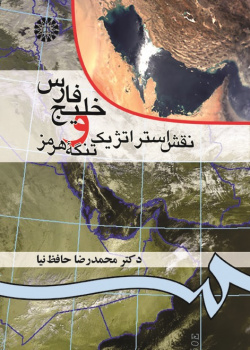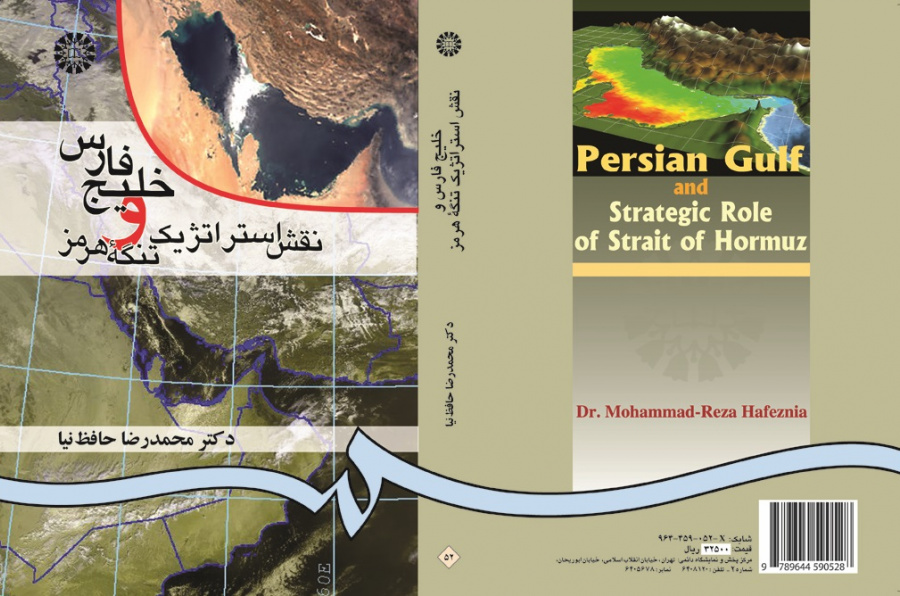

Persian Gulf and Strategic Role of Strait of Hormuz
Hormoz Strait is one of the most significant international straits in the whole world, which is located at the south-west of Asia and connects the Persian Gulf to the Indian Ocean. This geographic location has been a prominent means of establishing communal and mercantile relations throughout history between Europe and the Mediterranean and to the south and south-east of Asia. For this reason the
local powers and the foreign powers alike were keen on gaining supremacy over this locality.
With the discovery of oilfields in the Persian Gulf, the importance of this gulf and the Hormoz Strait as the oil-way, or metaphorically speaking the blood vessel of the west increased. Considering the importance of the Hormoz strait in the economic fate of the world and also the fortune of the local people living on the coastline of the gulf, especially Iran, it becomes necessary to conduct comprehensive research on different aspects of this strait to clarify and demarcate its strategic role and demystify the consequences it has for the people of the region, particularly Iran, and the world at large.
The book is organized into nine chapters. The first chapter titled “the Geo-political state of the Persian Gulf” briefly studies the economic, social, political and security situation in the region of the Persian Gulf and each of the countries lying on its borders. The second chapter deals with the strategic goals of the global powers in the Persian Gulf and the Hormoz Strait. In the third chapter the geographical position and the natural attributes of the Hormoz Strait as well as its neighboring islands
are debated. In the fourth chapter the historical geography and the transformation of dominance over the Hormoz Strait is put forth. The fifth chapter explores the significance of the role of the Hormoz Strait in economy and communication, and studies the degree to which the bordering countries are dependent on this waterway. The sixth chapter focuses on the policies, plans and actions taken by the bordering governments in multiplying the canals through which oil and goods are carried, and the influence of such undertakings on the Hormoz Strait. In the seventh chapter, the status of this strait in the international rights of the seas-on, the basis of the 1982 convention-and the authorial boundaries of the coastal governments, which means Iran and the Sultanate of Oman, are determined. The consequences of enacting the aforementioned convention on the authorial power of the coastal governments are also studied. In the eighth chapter, a political and military view is taken to the Strait,
and the geo-strategic status of the Strait and the attitudes to marine and terrestrial strategies are analyzed. In chapter nine by the use of the issues studied in the previous chapters a conclusion is drawn and after discussing each individual case some suggestions are given.
Suggested for the students of geography and political science as a course book for a course in “the Questions of the Persian Gulf”, this book studies the geopolitical state of the Persian Gulf and importance of the Hormoz strait in the economic fate of the world and also the fortune of the local people living on the coastline of the gulf, especially in Iran.





